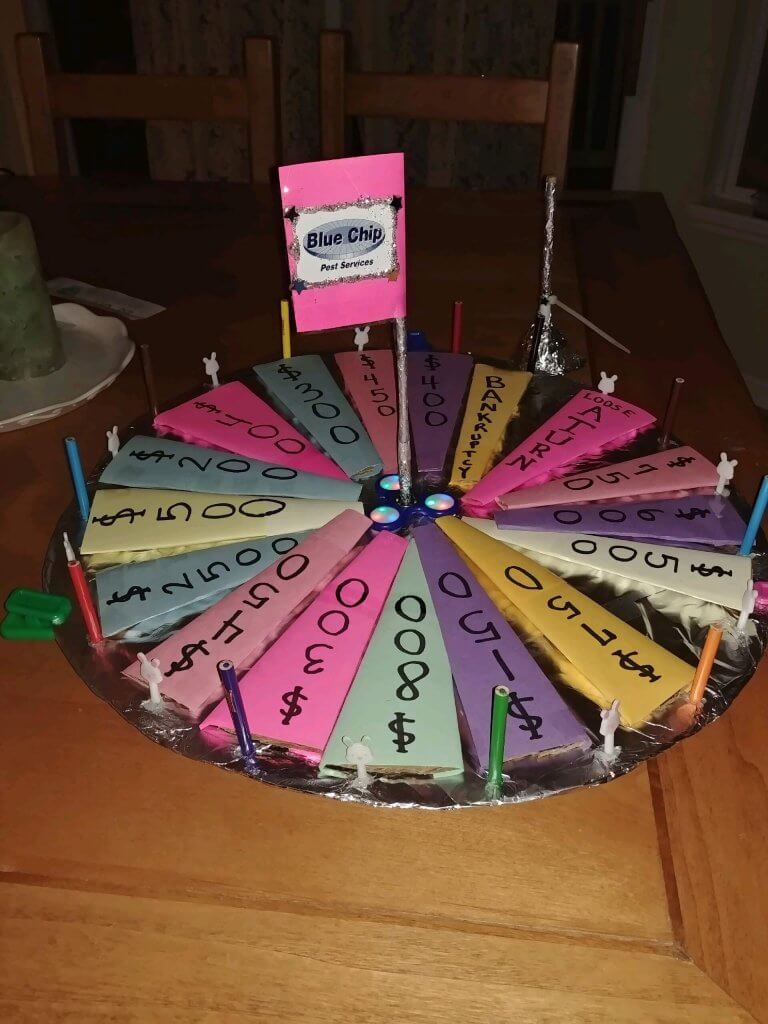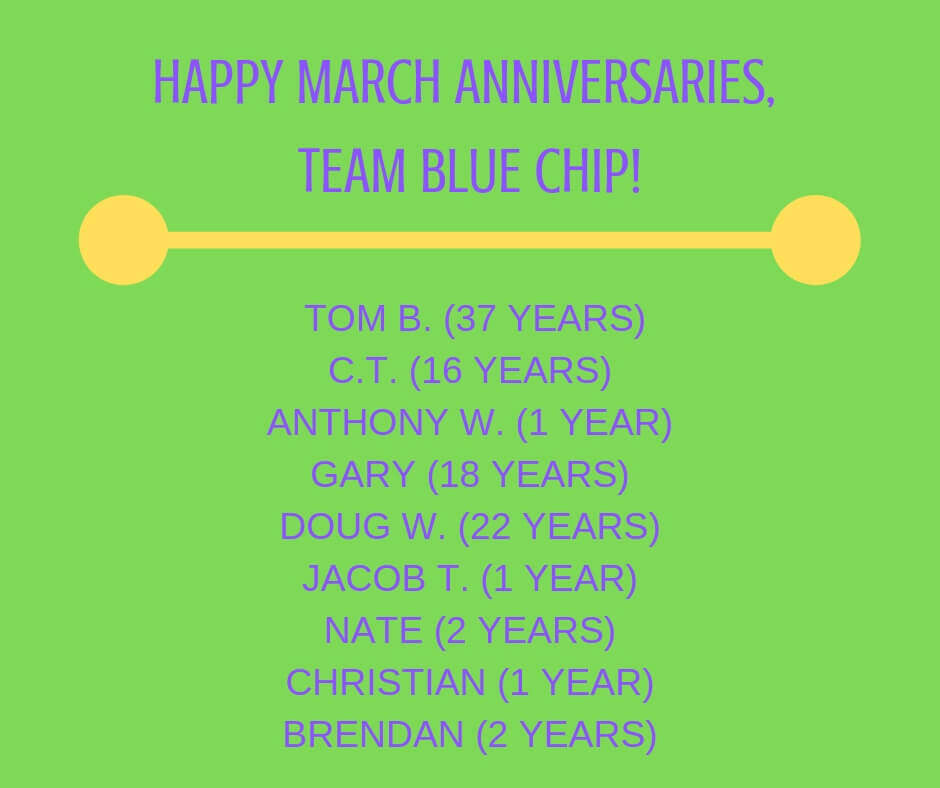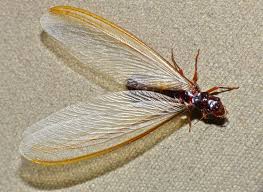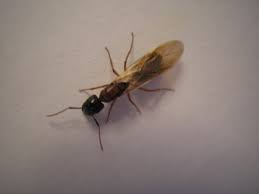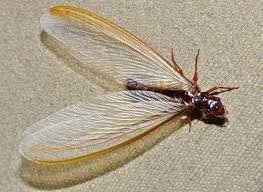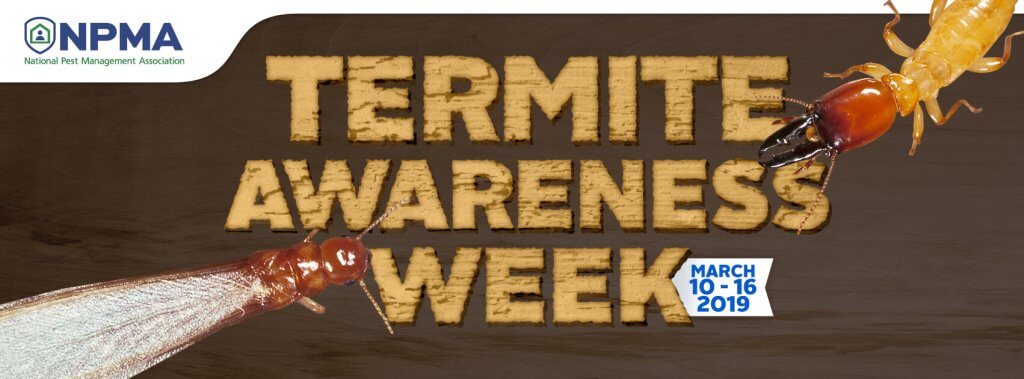As we prepare for spring, weekly training sessions are in full force for both for our technicians & managers as well as our office staff. Current emphasis in these sessions has been placed on the latest in pest control techniques & trends, current issues our area is facing & how to tackle them, more intensive training on materials & chemicals our technicians use as well deep dives into the characteristics and habits of pests.
But it’s not all work and no play in our training sessions — these training sessions now come with their own twists, challenges and adventures in FUN! While we place a strong emphasis on the training part, we place an equally strong emphasis on having fun while learning and team-building strategies. Check out some of the things we’ve recently done in our training fun sessions:
Scavenger hunts? Check.
Jeopardy? Done and done!
Walk the Plank? You got it!
Wheel of Fortune Pest? Absolutely!
